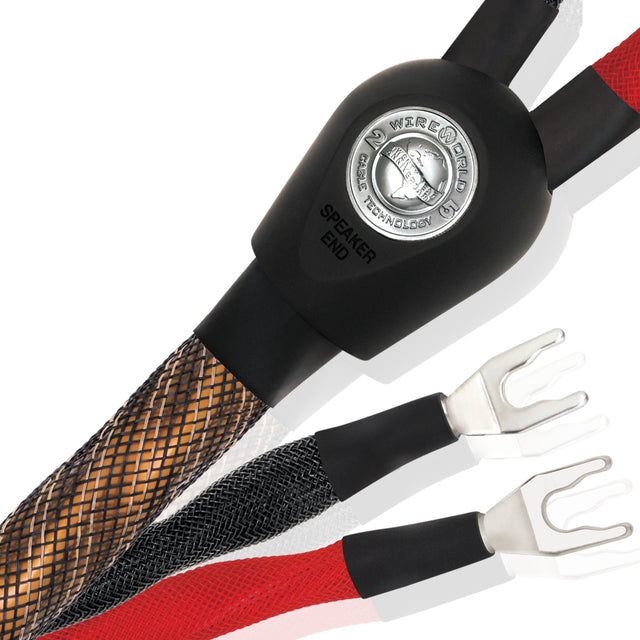Science depends upon test results not being influenced by outside factors, so eliminating personal bias is a top priority. Double-blind tests accomplish that requirement by preventing everyone involved from knowing the identity of the test samples. Double-blind listening tests have proven to be very effective at revealing differences in loudspeakers, but very limited in their ability to reveal the finer differences that exist among such devices as amplifiers, processors and cables. For example, MPEG (the Motion Picture Experts Group) has found it necessary to use selected trained listeners and very specific protocols to achieve anything other than a null result when testing lossy audio codecs. Consequently, it is unreasonable to expect double-blind listening tests of cables to yield anything other than a null result without a very concerted effort to perfect them.

Wireworld has been developing and using double-blind audio interconnect and speaker cable tests since the mid 1990’s, when we patented our first Cable Comparator. Our cable tests, unlike the other cable tests we know of, always include an unadulterated reference, as do the MPEG tests. We’ve found triangle discrimination tests to be the most effective methodology for cables. In triangle tests, listeners are only required to identify the odd sample out of three. With this method, only five out of six correct answers are required to prove audibility. For the most sensitive discrimination, we recommend using one degraded sample and two reference samples to create each set of three samples. The baseline test requires identifying the degradation of generic cables compared to the reference. Some listeners accomplish that identification on their first try, others require training and some never succeed. These results are consistent with the studies published by MPEG.
We encourage all who are interested in discovering the full effects of cables to experiment with direct and recorded tests. Although recorded tests are less effective than testing directly on a system, they usually reveal cable losses when played back on high resolution systems. It is important to note that listener bias is unlikely to be a factor when comparing generic cables to a reference direct connection, simply because no special cables are involved. If the listener does not hear degradation or find that it significantly impairs their enjoyment, then we believe that no upgrade cable can provide value to that listener under those listening conditions. However, any significant improvement in the audio system, the test procedure or listener sensitivity could reverse that result, making an upgrade to a Wireworld cable truly worthwhile. The exploration into the realm of audiophile blind testing is a journey of auditory discovery, enriching our understanding and appreciation of sound quality.
More stories
Directionality in Cables


